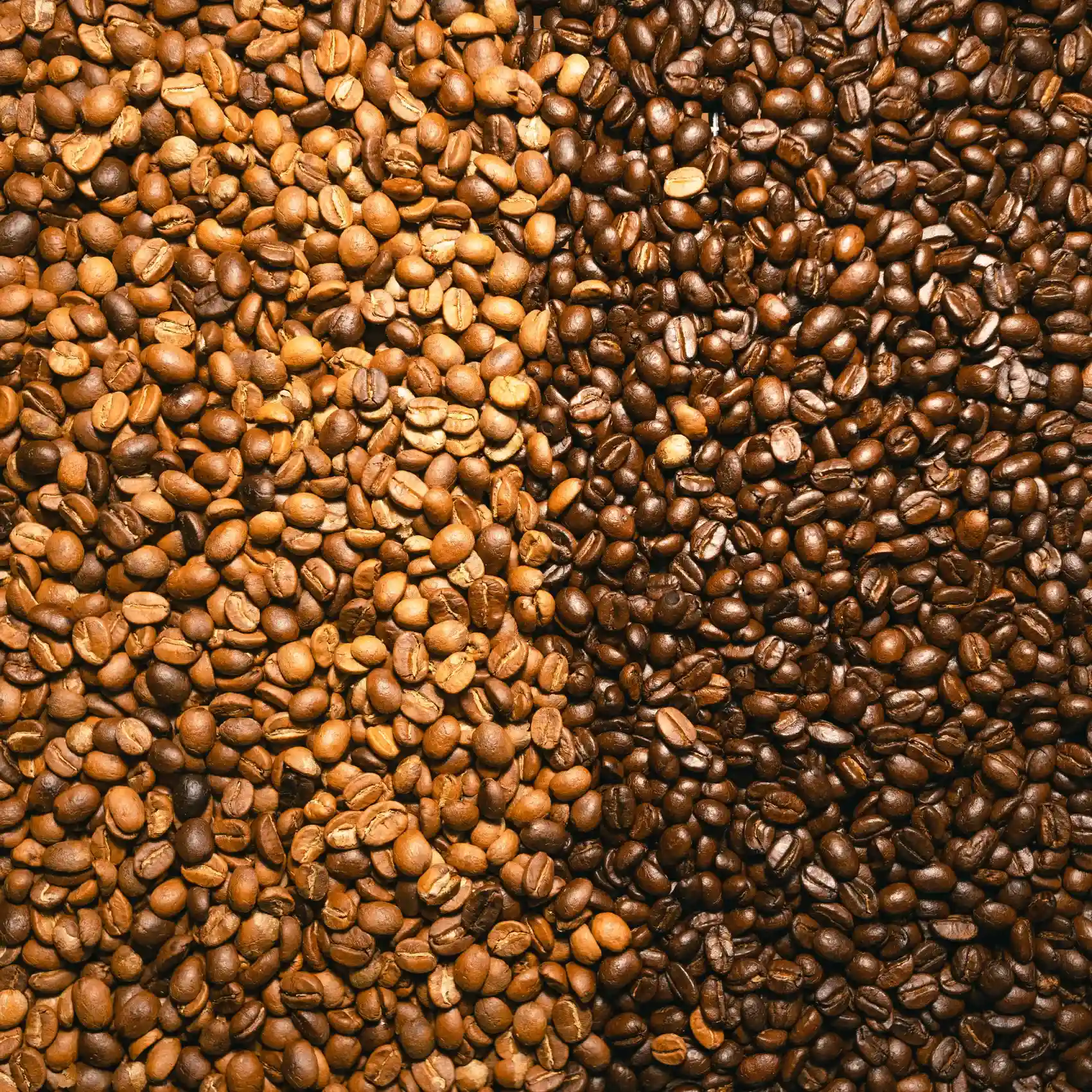The world of coffee is rich and diverse, with a spectrum of flavors, aromas, and textures that can tantalize the taste buds of even the most discerning coffee aficionados. Among the most debated topics in this realm is the comparison of light roast vs dark roast coffee. This debate extends beyond just taste preferences, encompassing myths and misconceptions about their strength, health benefits, and brewing techniques. Whether you’re a casual coffee drinker or a connoisseur, understanding the differences between these roasts is essential for appreciating the depth and breadth of what coffee has to offer. This article aims to debunk popular myths and shed light on the true nature of these contrasting roasts, helping you to navigate the complex world of coffee with greater insight and enjoyment.
If reading feels like a chore, why not listen to the article instead?
- Introduction & Key Differences
- https://app.mysoundwise.com/tracks/17008127399930627e.mp3
- The Coffee Roasting Process
- https://app.mysoundwise.com/tracks/17008127727318535e.mp3
- Flavor Profiles
- https://app.mysoundwise.com/tracks/17008128079084390e.mp3
- Caffeine Content
- https://app.mysoundwise.com/tracks/17008128329636406e.mp3
- Brewing Methods
- https://app.mysoundwise.com/tracks/17008128605462256e.mp3
- Popular Myths Debunked
- https://app.mysoundwise.com/tracks/17008128866096025e.mp3
- Conclusion & FAQs
- https://app.mysoundwise.com/tracks/17008129227641433e.mp3
Dark Roast vs Light Roast: Key Differences
- Flavor Over Caffeine Content: The common belief that dark roast coffee is stronger in terms of caffeine content compared to light roast is a myth. The difference in caffeine content between light and darker roasts is minimal, and ‘strength’ more accurately refers to the flavor profile.
- Health Benefits Are Similar: Both light and darker roasts offer health benefits, mainly due to their antioxidant content. The roasting level does slightly alter the chemical composition, but the overall health impact of coffee remains relatively consistent across different roasts.
- Roast Level Affects Brewing Method: The best brewing method varies with the roast level. Light roasts are well-suited to methods like pour-over and Aeropress, which highlight their delicate flavors, while darker roasts pair well with French press or espresso methods, complementing their bold, robust profile.
- Grind Size Matters: Matching the grind size to the brewing method is crucial for extracting the best flavor from coffee. A medium-coarse is ideal for light roasts and pour-over methods, while a coarse grind works better for dark roasts and French press.
- Personal Preference is Key: Ultimately, the choice between both types of roasts should be guided by individual taste preference. Experimenting with different roasts and brewing methods is the best way to discover what suits your palate, debunking myths and personal biases along the way.
The Coffee Roasting Process
The art of coffee roasting stands at the heart of every delicious cup of coffee. This process is not just a mere step in coffee preparation; it’s a craft that bridges the gap between the raw potential of green coffee beans and the rich tapestry of aromas and flavors in the final brew. In exploring the coffee roasting process, we delve into the transformation of beans, uncovering how different roasting techniques influence the taste and quality of coffee.
The Art of Roasting
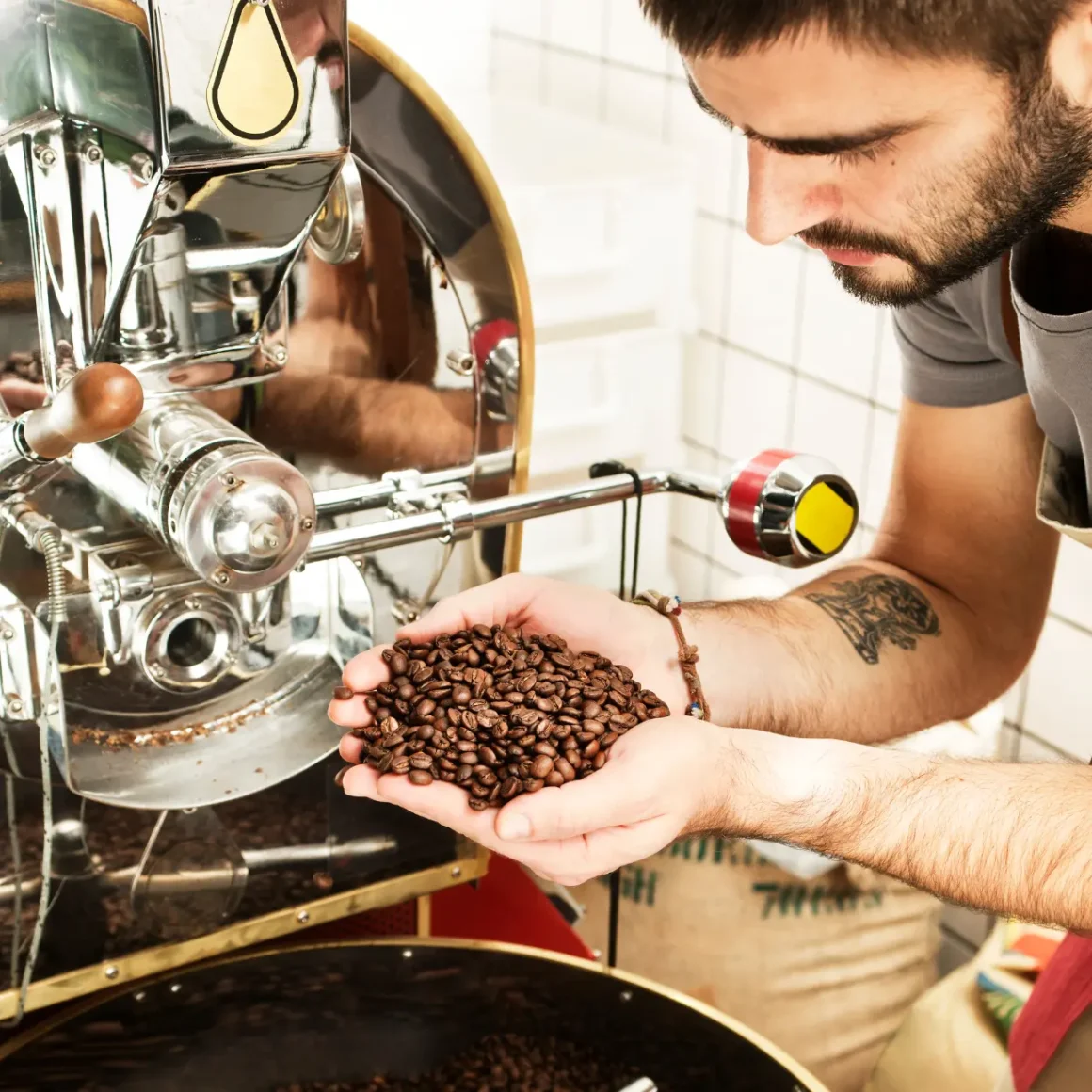
The journey from green coffee beans to a rich cup of coffee is an art form. This transformation, central to the quality of the final brew, depends on several factors:
- Selection of Beans: The first step is selecting high-quality beans from the world’s best coffee regions. Each region’s unique climate and soil conditions impart distinctive characteristics to the beans.
- Roasting Process: Roasting is a delicate balance of temperature and time. It involves gradually heating the beans, causing complex chemical reactions. (1) The roaster’s expertise is crucial here, as they must decide when the beans have reached the perfect roast level.
- Physical Changes: During roasting, beans undergo significant changes – they lose moisture, expand in size, and their colors deepen. The development of rich flavors and aromas accompanies this.
Light Roast Characteristics
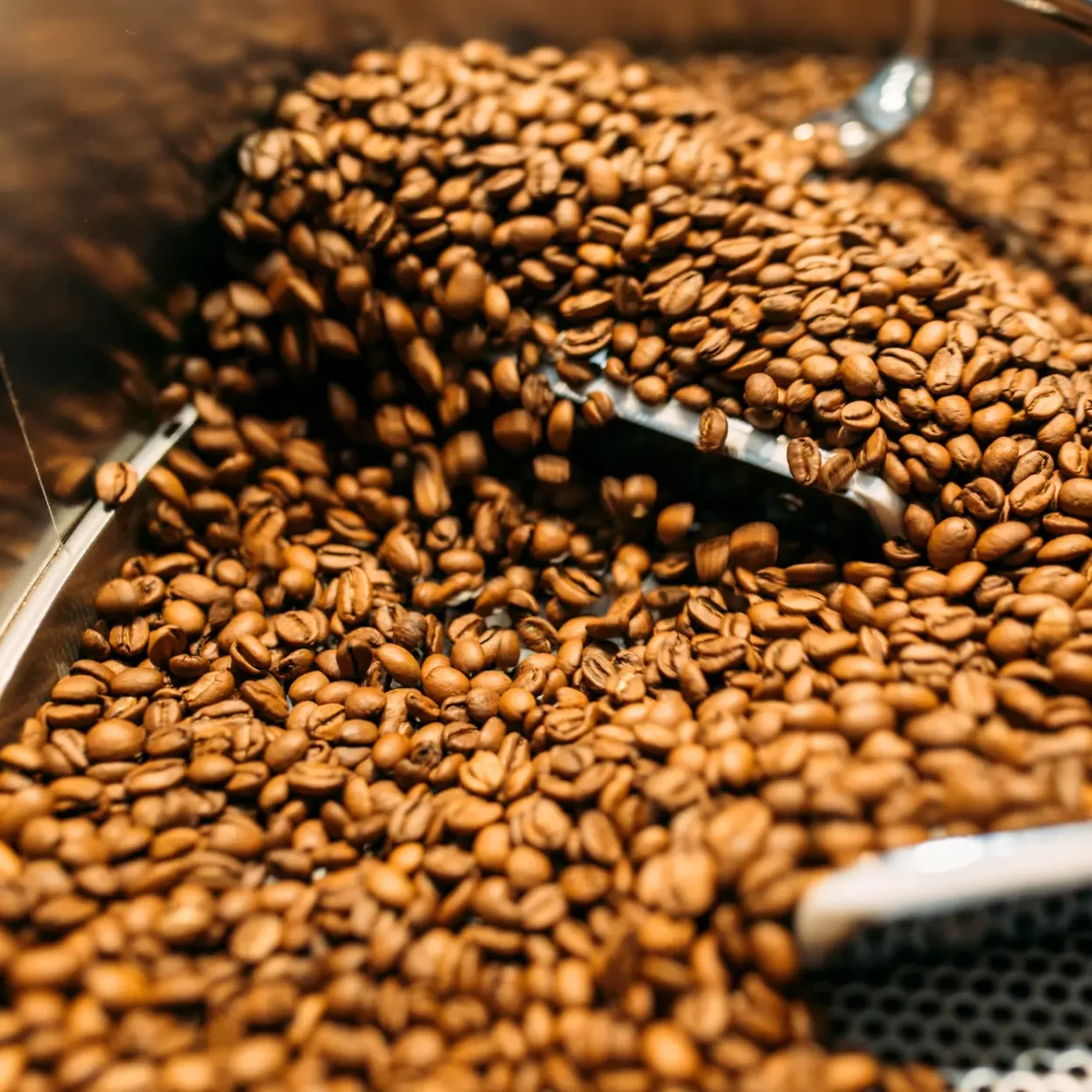
Light roast coffee, often preferred for its nuanced flavors, is distinguished by:
- Roasting Temperature and Time: Lightly roasted beans are heated to lower temperatures (around 380°F to 400°F) for a shorter duration. This process preserves the beans’ original flavors and characteristics.
- Flavor Profile: This type of roast typically has a higher acidity and retains more of the bean’s original flavor, making it ideal for tasting the unique qualities of beans from different regions.
- Caffeine Content: Contrary to popular belief, lighter roasts may have slightly more caffeine than darker roasts.
Dark Roast Characteristics
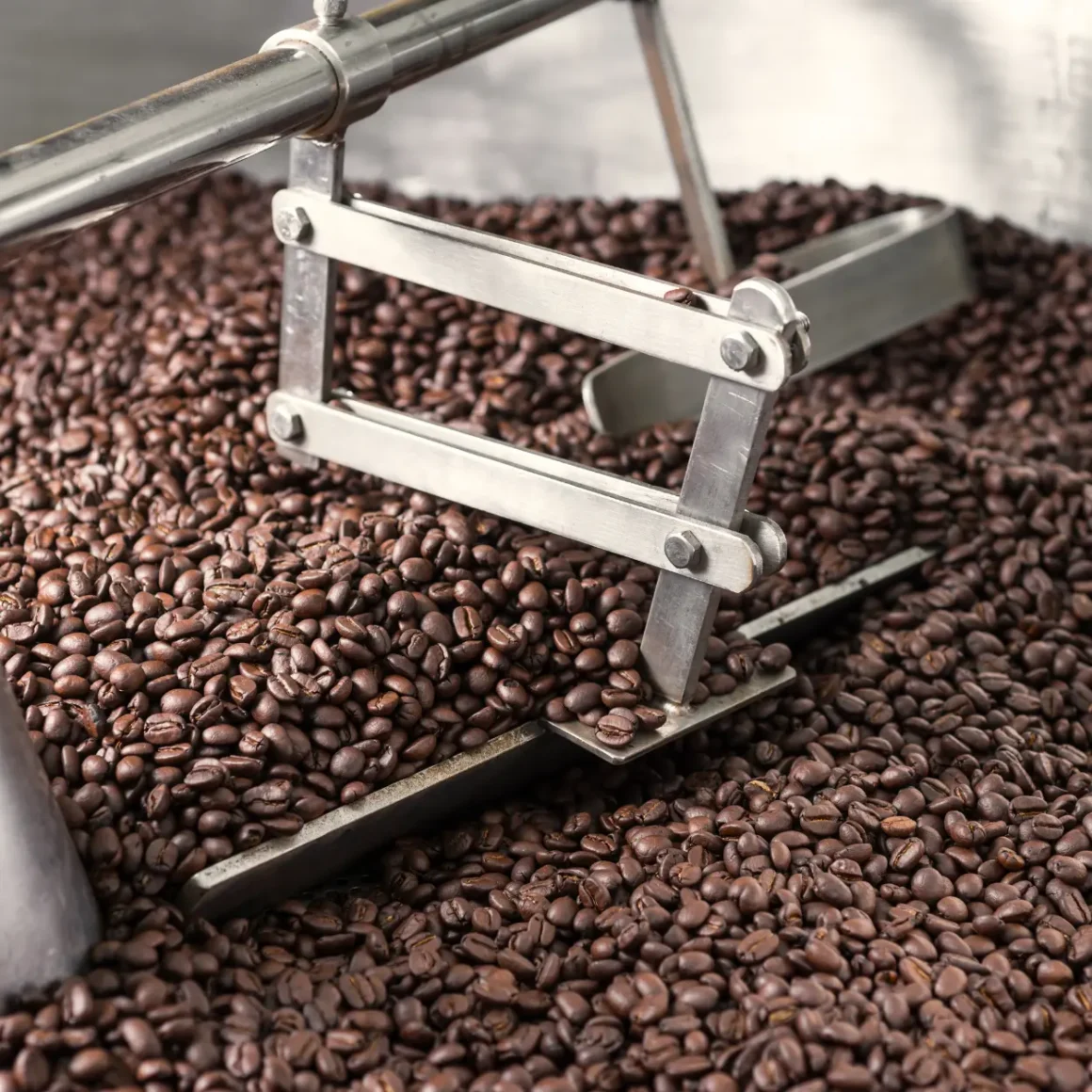
In contrast to lighter roasts, dark coffee roast offers a distinctly different experience:
- Extended Roasting: Beans are roasted at higher temperatures (up to 480°F) for longer periods. This results in an oilier surface and a darker color.
- Flavor Complexity: These types of roasts are known for their bold, rich, and robust flavors. The roasting process reduces acidity and brings out deeper flavors like chocolate or caramel.
- Versatility: These roasts are often used in espresso blends due to their strong flavor and ability to withstand milk and sugar additions.
In the context of these coffee roasts, the choice largely depends on personal preference and the desired flavor profile. Both roasting styles offer unique experiences, shaped significantly by the quality of beans sourced from the best coffee regions globally.
Light Roast vs Dark Roast: Flavor Profiles
The world of coffee offers a rich tapestry of flavors, each roast type bringing its unique profile to the fore. Understanding these flavor nuances helps in appreciating and selecting the best coffee to suit individual tastes.
Light Roast Flavor Notes
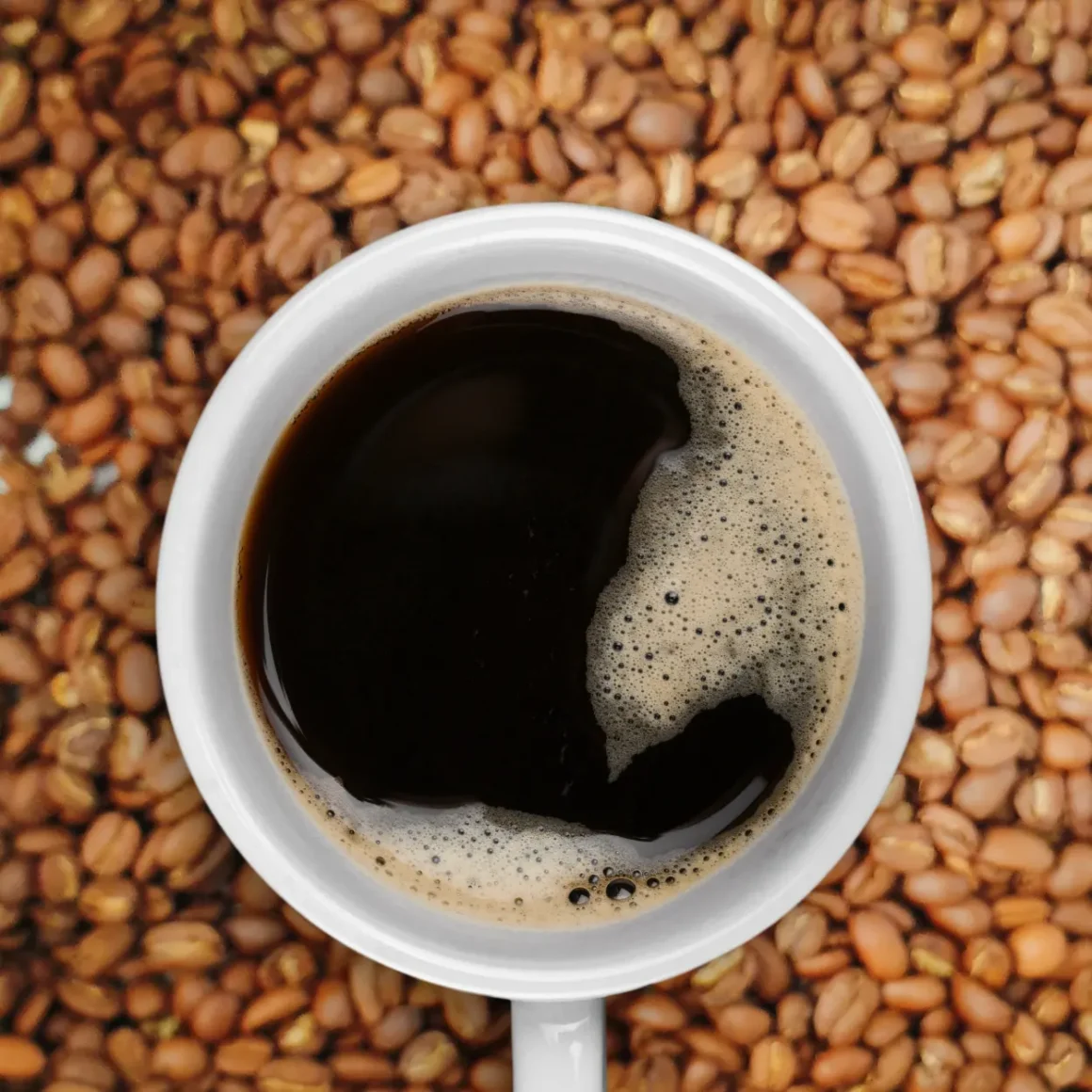
Light roast coffees, often referred to as the best light roast coffee by enthusiasts for their complexity, are characterized by a range of distinctive flavor notes:
- Fruit and Floral Notes: These coffees often exhibit vibrant, fruity, or floral notes, reminiscent of berries, citrus, or even aromatic flowers.
- Bright Acidity: These roasts are known for their pronounced acidity, which contributes to a lively, crisp flavor profile.
- Subtle Sweetness: Underlying these flavors is a subtle sweetness, akin to that of light brown sugar or honey.
- Light Body: In terms of body, these roasts are generally more delicate and less full-bodied than darker roasts.
Dark Roast Flavor Notes
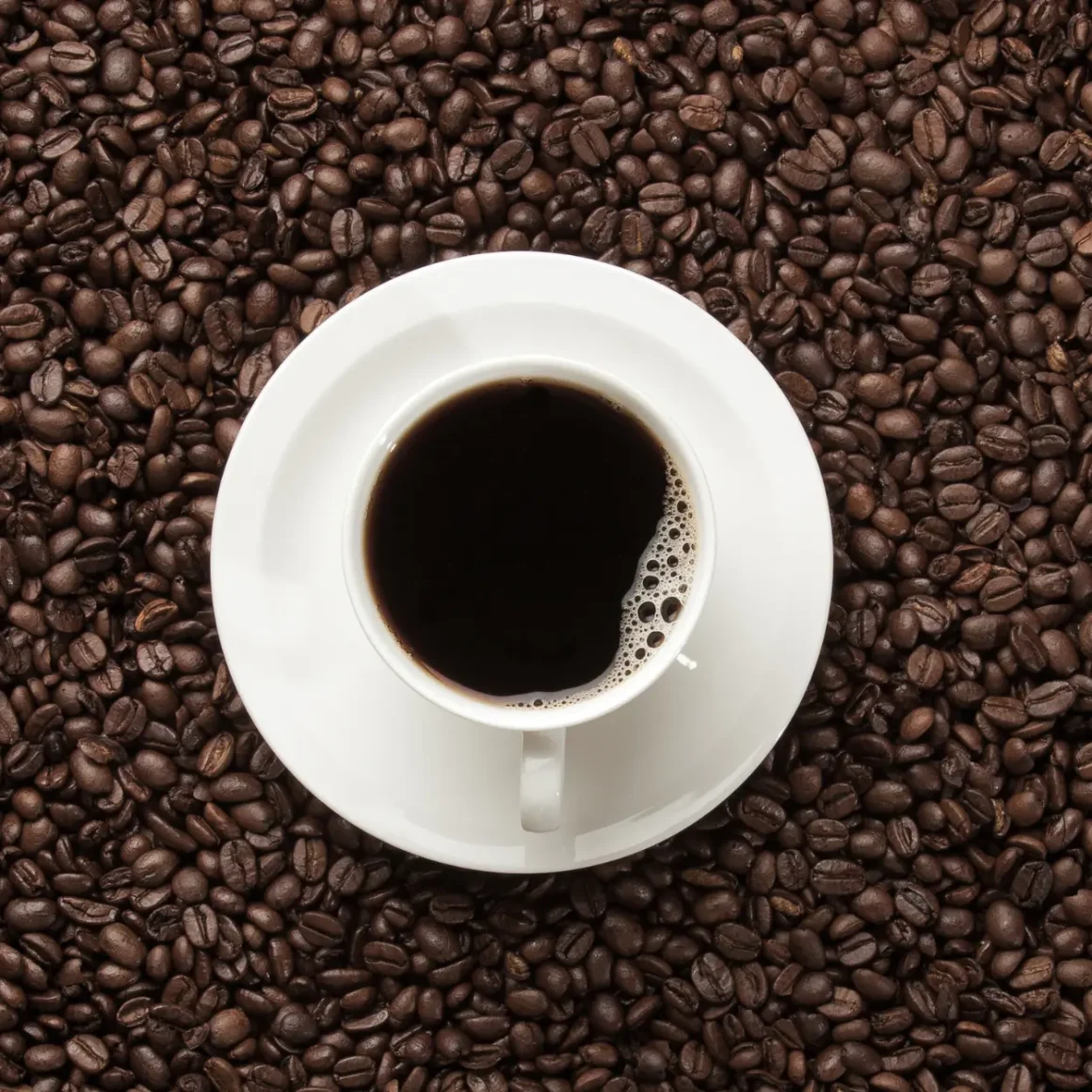
Dark roast coffees, often hailed as the best dark roast coffee for their boldness, present a stark contrast in flavor profile:
- Rich and Bold: These coffees are known for their rich, bold flavor, often with notes of dark chocolate or roasted nuts.
- Low Acidity: The roasting process reduces the acidity, leading to a smoother, less sharp taste.
- Smoky and Spicy Notes: Some dark coffee roasts can have smoky or even spicy undertones, adding to their complexity.
- Full Body: Dark coffee roasts typically have a fuller body, offering a more robust mouthfeel.
Acidity and Bitterness
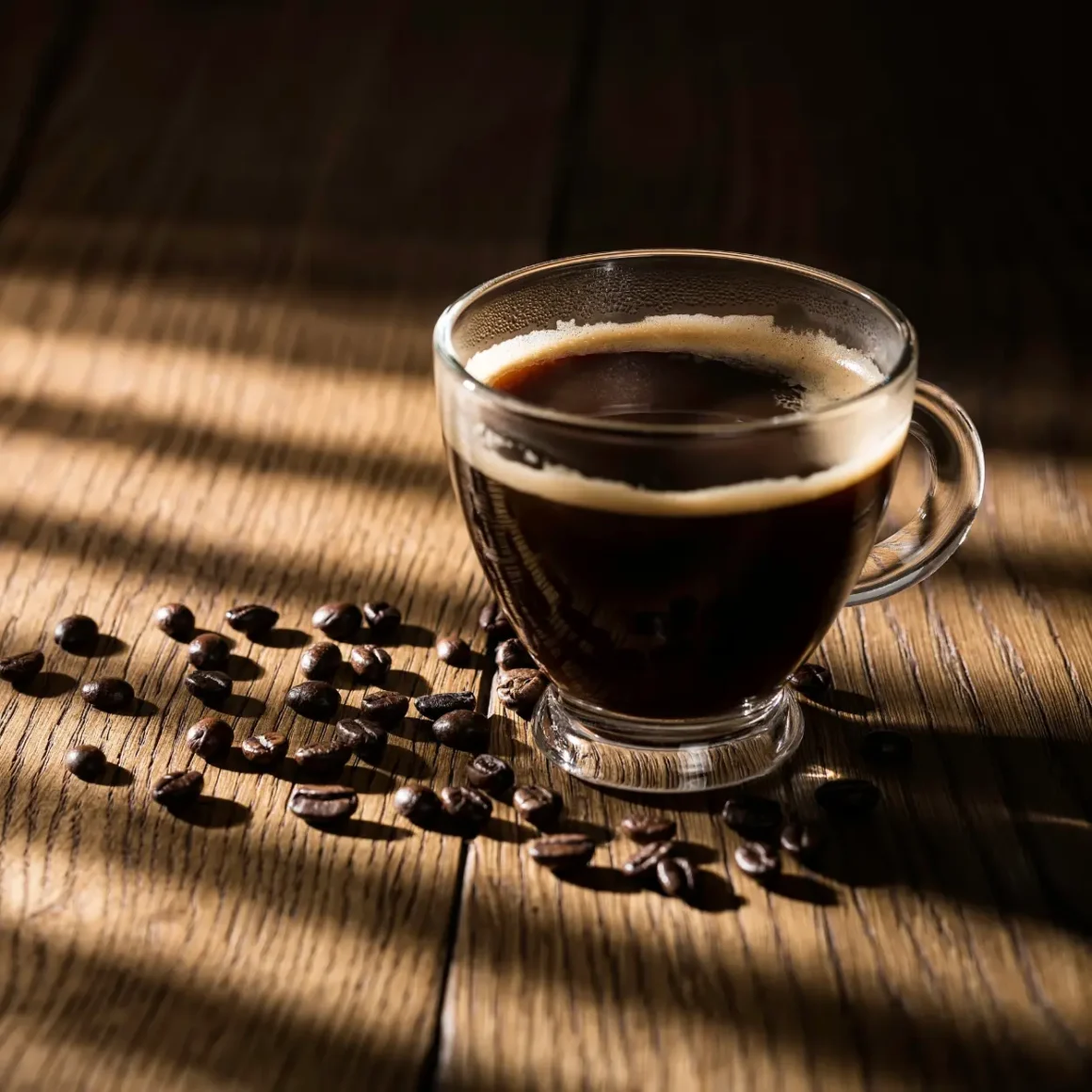
The balance of acidity and bitterness is crucial in defining the overall taste of coffee:
- Acidity in Light Roasts: In these types of roasts, acidity is more pronounced, contributing to a brighter, more vibrant cup. This acidity is often perceived as a positive attribute, adding dimension and depth to the coffee’s flavor.
- Bitterness in Dark Roasts: Darker roasts tend to have higher bitterness levels due to the longer roasting process. This bitterness, when balanced, can enhance the deep and rich flavors of the coffee.
- Perception and Preference: The perception of acidity and bitterness varies greatly among individuals. Some prefer the bright, tangy notes of a light roast, while others enjoy the robust, bitter flavors of a darker roast.
In summary, the choice between light and dark roasts depends on personal preference for specific flavor notes, body, and the balance of acidity and bitterness. Whether one leans towards the nuanced and vibrant flavors of a light coffee roast or the bold and rich character of a dark roast, the world of coffee offers an array of experiences for every palate.
Caffeine Content
The caffeine in coffee is a subject of much interest and debate, particularly when comparing different roast levels. Understanding how roasting affects caffeine levels can help coffee drinkers make informed choices based on their caffeine preferences.
Light Roast Caffeine Levels
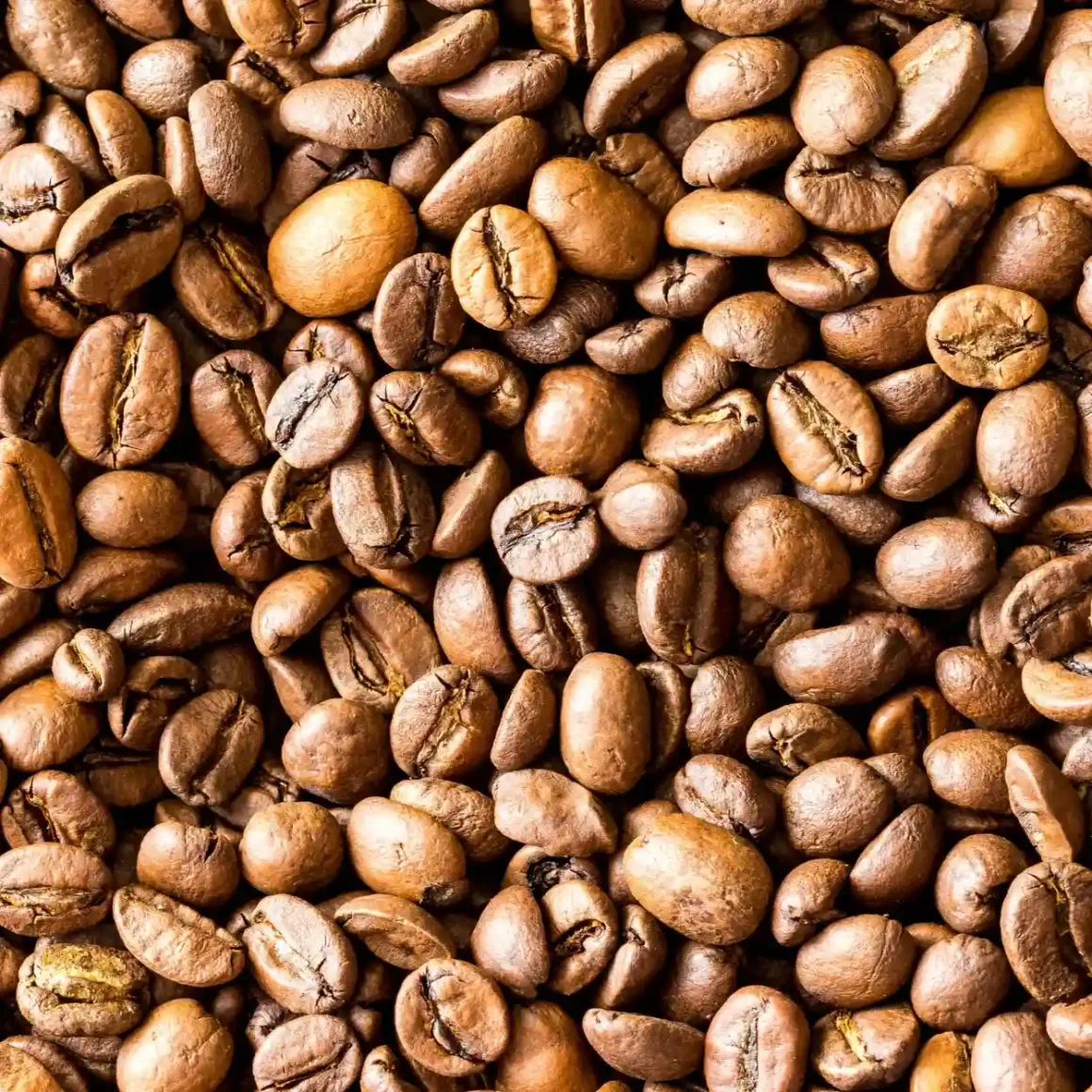
Contrary to common belief, light roasts typically contain slightly more caffeine than darker roasts. (2)This is due to the fact that caffeine content is more influenced by the brewing method and the amount of coffee used rather than the roast level. However, in terms of bean-to-bean comparison:
- Higher Caffeine Concentration: Light roast beans generally have a higher concentration of caffeine, ranging around 60mg, as they are roasted for a shorter period, preserving more caffeine.
- Density Factor: These beans are denser than their darker counterparts. Since caffeine content is often measured by volume, denser beans mean more caffeine in a scoop of light roast compared to the same volume of darker roast.
Dark Roast Caffeine Levels
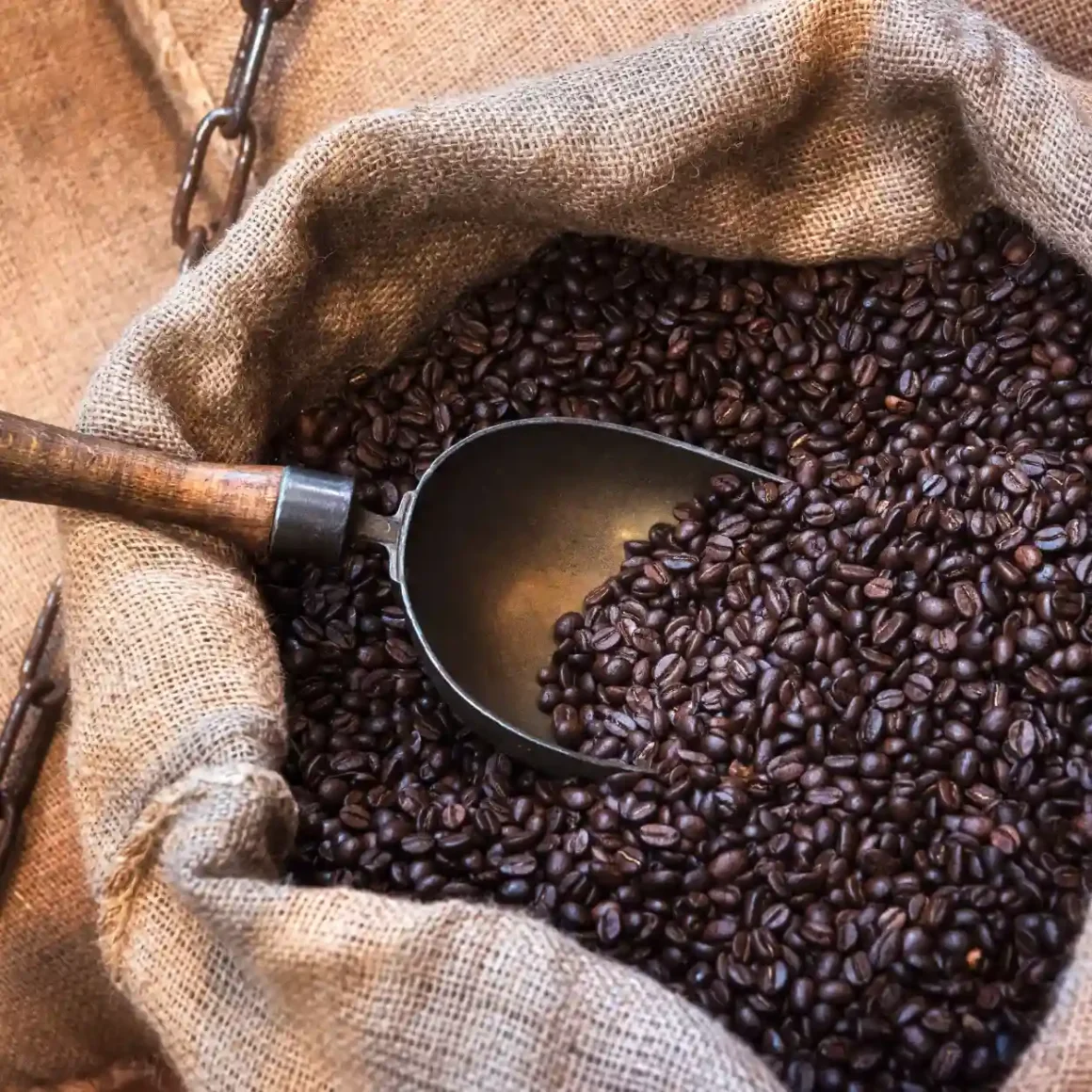
When it comes to dark roast coffee, there is a common misconception that it contains more caffeine. This myth likely stems from the bold, intense flavor of dark roasts, which can be mistakenly associated with higher caffeine levels. However, in reality, the caffeine in coffee is primarily determined by factors such as the type of coffee bean and brewing method rather than the roast level. So, does dark roast have more caffeine? The answer is not necessarily.
- Slight Reduction in Caffeine: Through the extended roasting process, dark coffee roast beans undergo a slight reduction in caffeine content, typically amounting to approximately 51mg, albeit this decrease is relatively minor.
- Volume vs Weight: When measuring coffee by weight, the caffeine content between dark roast and light roast is almost identical. However, if measured by the scoop (volume), the dark coffee roast can have less caffeine since the beans are less dense.
Effects on Alertness

Regardless of the roast level, caffeine is known for its stimulating effects:
- Stimulating the Central Nervous System: Caffeine acts as a central nervous system stimulant, increasing alertness and reducing the feeling of tiredness. (3)
- Individual Sensitivity: The effect of caffeine on alertness varies widely among individuals. Some may feel significantly more alert with a small amount, while others require a higher dosage for the same effect.
- Dark Roast vs Light Roast: Given the slight difference in caffeine levels, the choice between both of these coffee roasts should not significantly impact overall alertness. Instead, the choice should be based on flavor preference and individual tolerance to caffeine.
In summary, while light roasts have a marginally higher concentration of caffeine, the difference in caffeine content between dark roast vs light roast is relatively small and unlikely to impact the average coffee drinker’s experience significantly. The choice between the two should primarily be based on taste preference rather than concerns about caffeine levels.
Dark Roast vs Light Roast: Brewing Methods
The brewing method significantly influences the taste and quality of coffee. Different methods can accentuate certain characteristics of coffee beans, particularly when considering the roast level. Whether you prefer a light or dark roast, understanding the best brewing techniques and the importance of the right grind can enhance your coffee experience.
Best Brewing Techniques for Light Roast
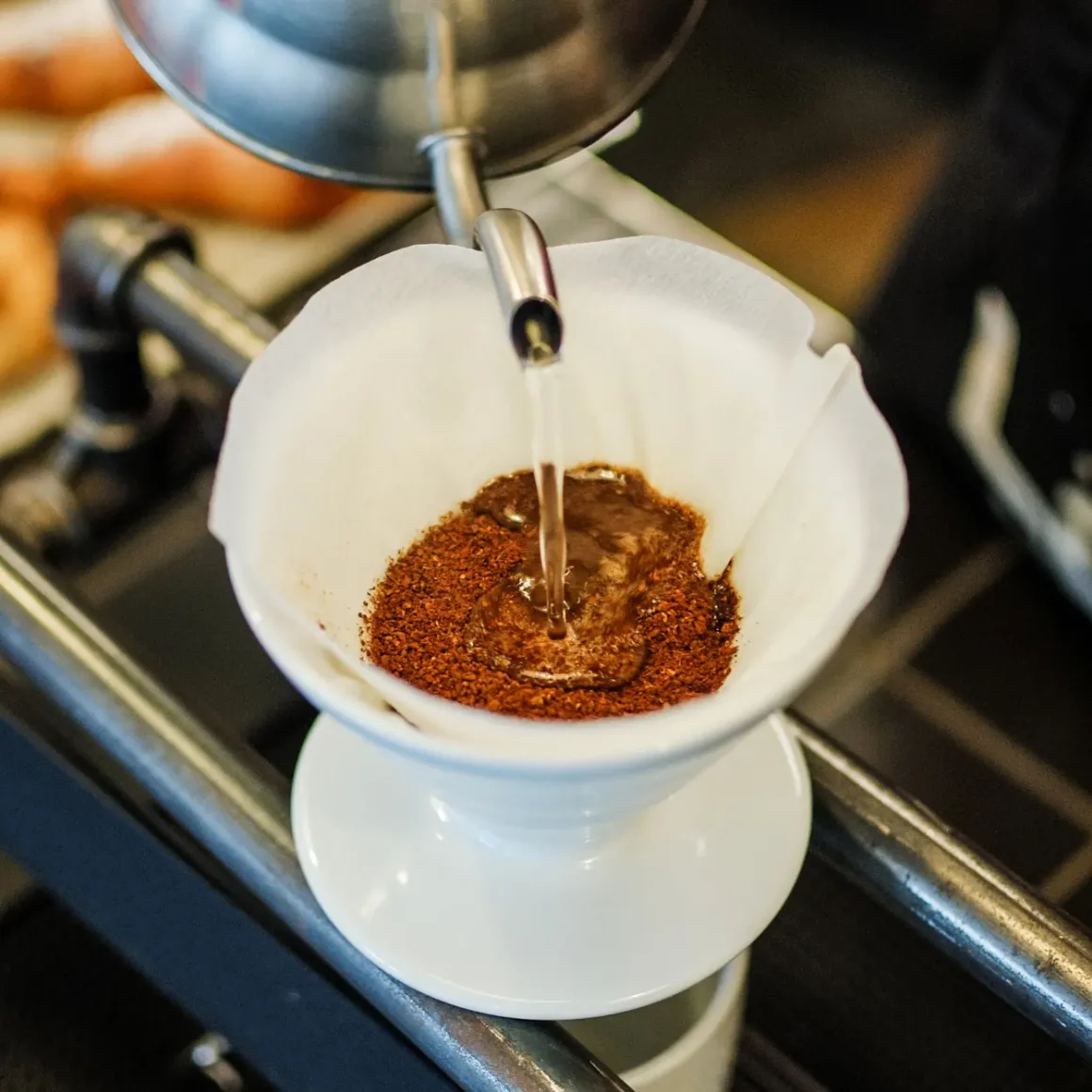
Light roast coffee, known for its complex and nuanced flavors, benefits from brewing methods that allow its delicate notes to shine:
- Pour Over Coffee: This method is ideal for light roasts. The slow and steady brewing process of pour-over coffee allows for a more thorough extraction of the coffee’s subtle flavors and aromas.
- Aeropress: The Aeropress can also be a great choice. It offers a clean and nuanced cup, highlighting the light roast’s bright acidity and intricate flavor notes.
- Temperature Control: Brewing light roast coffee with slightly cooler water (around 195°F to 205°F) can prevent over-extraction and preserve the coffee’s delicate notes.
Best Brewing Techniques for Dark Roast
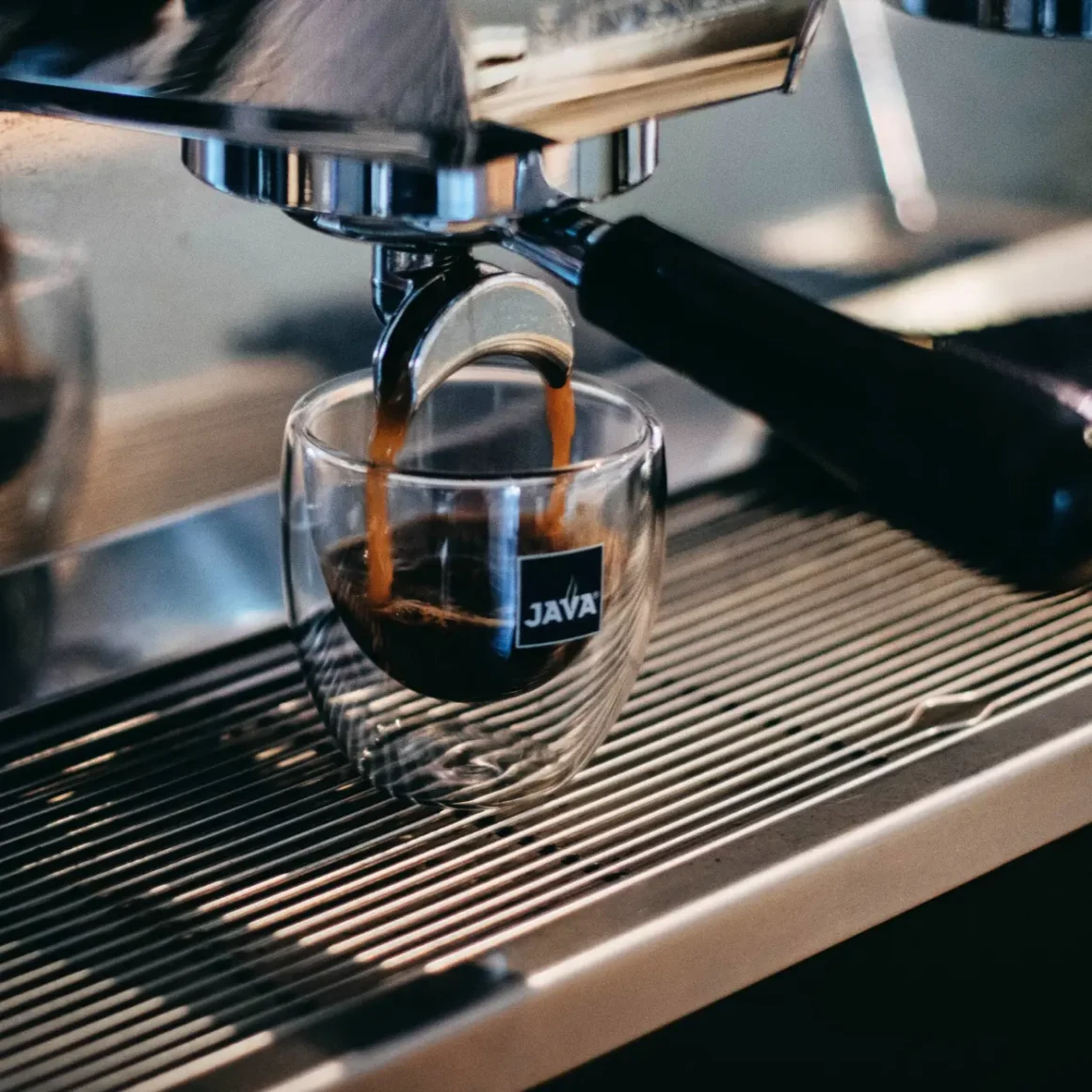
Dark coffee roast, with its bold and robust flavors, pairs well with methods that complement its richness:
- French Press Coffee: The French press is a fantastic method for dark roasts. It allows the natural oils and full flavors of this type of roast to be fully extracted, resulting in a rich, full-bodied cup.
- Espresso Machine: For those who enjoy a more concentrated coffee, an espresso machine can effectively extract the deep, chocolatey notes of this roast.
- Water Temperature: Using slightly hotter water can help in extracting the bold flavors characteristic of dark roast coffee.
Choosing the Right Grind
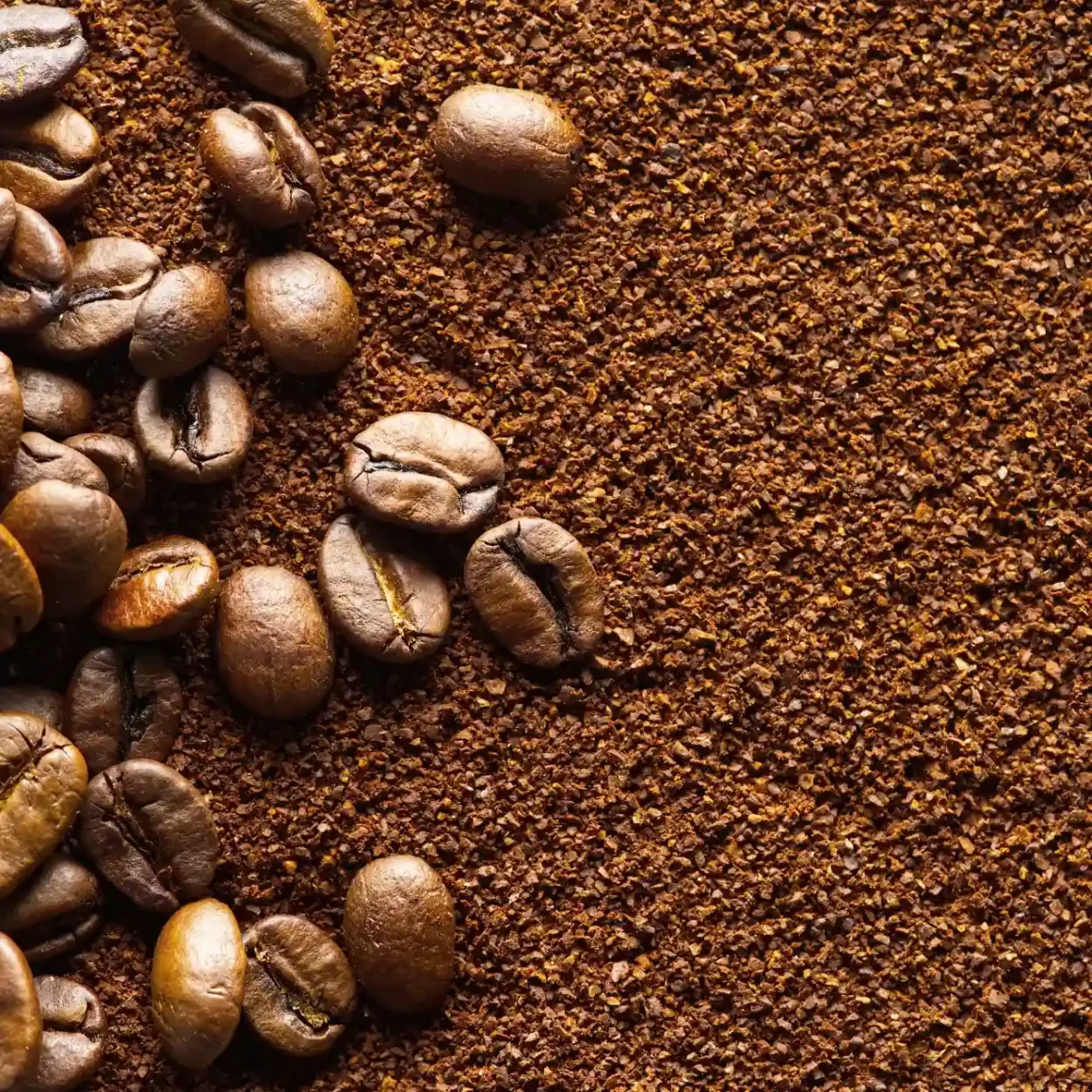
The grind size plays a crucial role in the brewing process and should be matched with the chosen brewing method:
- For Pour Over Coffee: A medium-coarse grind is typically best. It allows for even extraction without over-extracting, which can lead to bitterness.
- For French Press Coffee: A coarse grind is ideal to prevent the coffee from becoming over-extracted and too bitter.
- For Espresso and Aeropress Coffee: AeroPress suggests opting for an ultra-fine grind, nearly as fine as what you’d typically employ for espresso. When combined with a brief brewing duration, this type of grind delivers optimal results.
- Using the Best Burr Coffee Grinder: A quality burr grinder is key for achieving consistent grind size. Burr grinders offer more control and consistency compared to blade grinders, making them a preferred choice for coffee enthusiasts.
Overall, the brewing technique and the size of the grind play pivotal roles in extracting the finest qualities from your coffee, whether it’s a light or dark roast. Pour-over and AeroPress methods, along with the utilization of a high-quality burr grinder, can elevate the subtle nuances of a light roast, whereas French press and Espresso coffee excel in extracting the complete, luxurious flavors of a dark coffee roast.
Popular Myths Debunked
The world of coffee is rife with myths and misconceptions, particularly when it comes to understanding the differences and characteristics of various roasts. Debunking these myths is key to appreciating coffee in all its complexity and diversity.
The Myth of Stronger Coffee
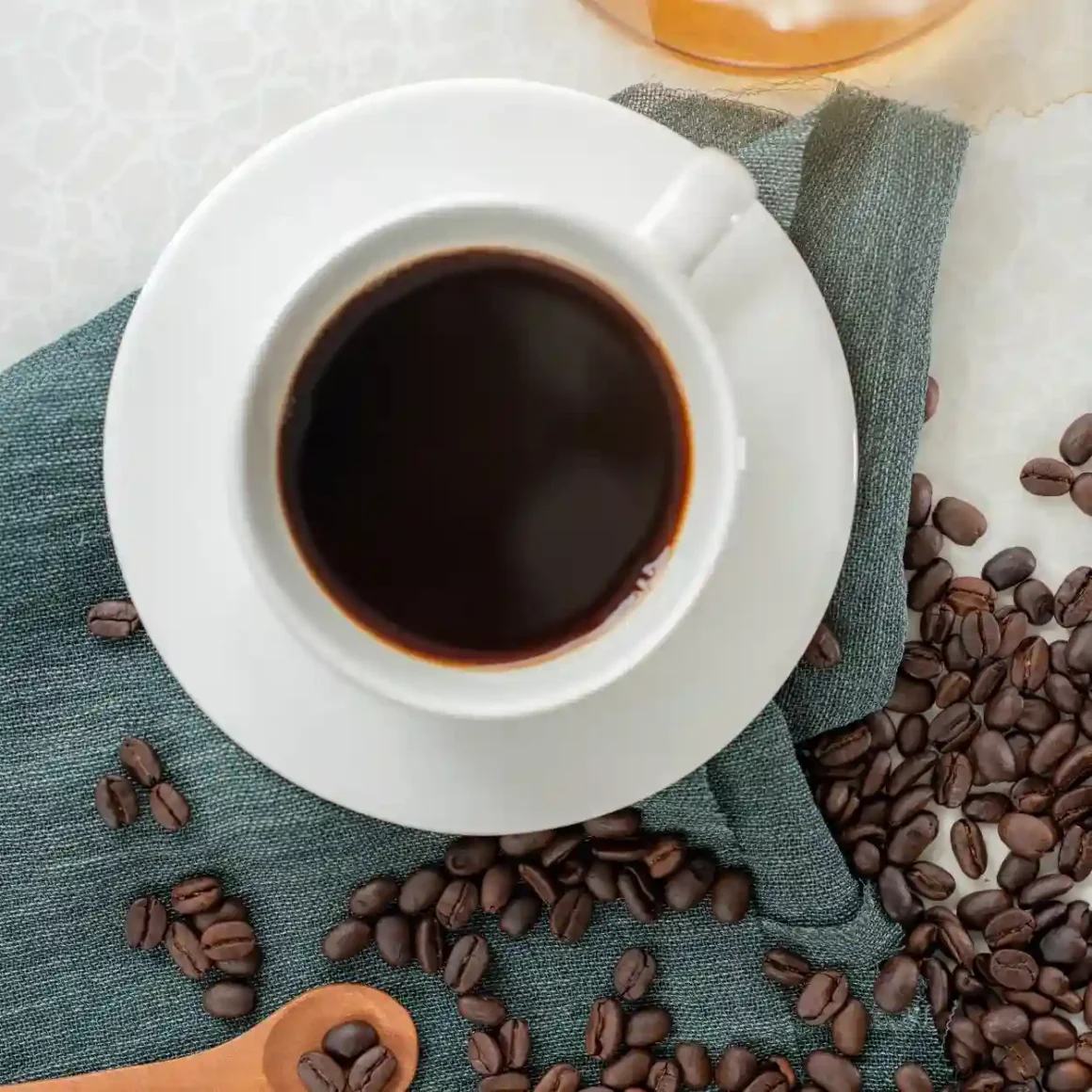
One common myth is the belief that the strength of coffee is determined by its roast level, particularly in the light roast vs dark roast debate.
- Flavor Intensity vs Caffeine Content: Many assume that a darker roast indicates a stronger coffee in terms of caffeine content. However, ‘strength’ in coffee typically refers to its flavor profile. Dark roasts have a more intense, bold flavor, while light roasts have a milder, more nuanced taste. In terms of caffeine, the difference between both roasts is minimal.
- Roasting Process Impact: The roasting process affects the beans’ moisture content and density. While dark coffee roasts lose more moisture and become less dense, the caffeine content remains relatively stable throughout the roasting process.
- Brewing Method’s Role: The perceived strength of coffee is also heavily influenced by the brewing method. Methods like espresso extraction can make the coffee taste stronger, regardless of the roast level.
The Myth of Health Benefits

There’s a prevailing notion that the health benefits of coffee vary significantly between light and dark roasts.
- Antioxidants and Acids: Light roasts are often touted to have more antioxidants and chlorogenic acid, which are believed to offer various health benefits. While it’s true that some compounds degrade with longer roasting, both light and dark roasts contain beneficial antioxidants.
- Stomach Irritability: Dark coffee roasts are sometimes claimed to be less irritating to the stomach. This is because certain compounds that can cause stomach discomfort are reduced during the extended roasting process.
- Balanced Perspective: While there may be slight differences in the chemical composition between light and dark roasts, the overall health impact is relatively similar. Coffee, in general, is rich in antioxidants and has been linked to various health benefits.
Personal Preferences Matter
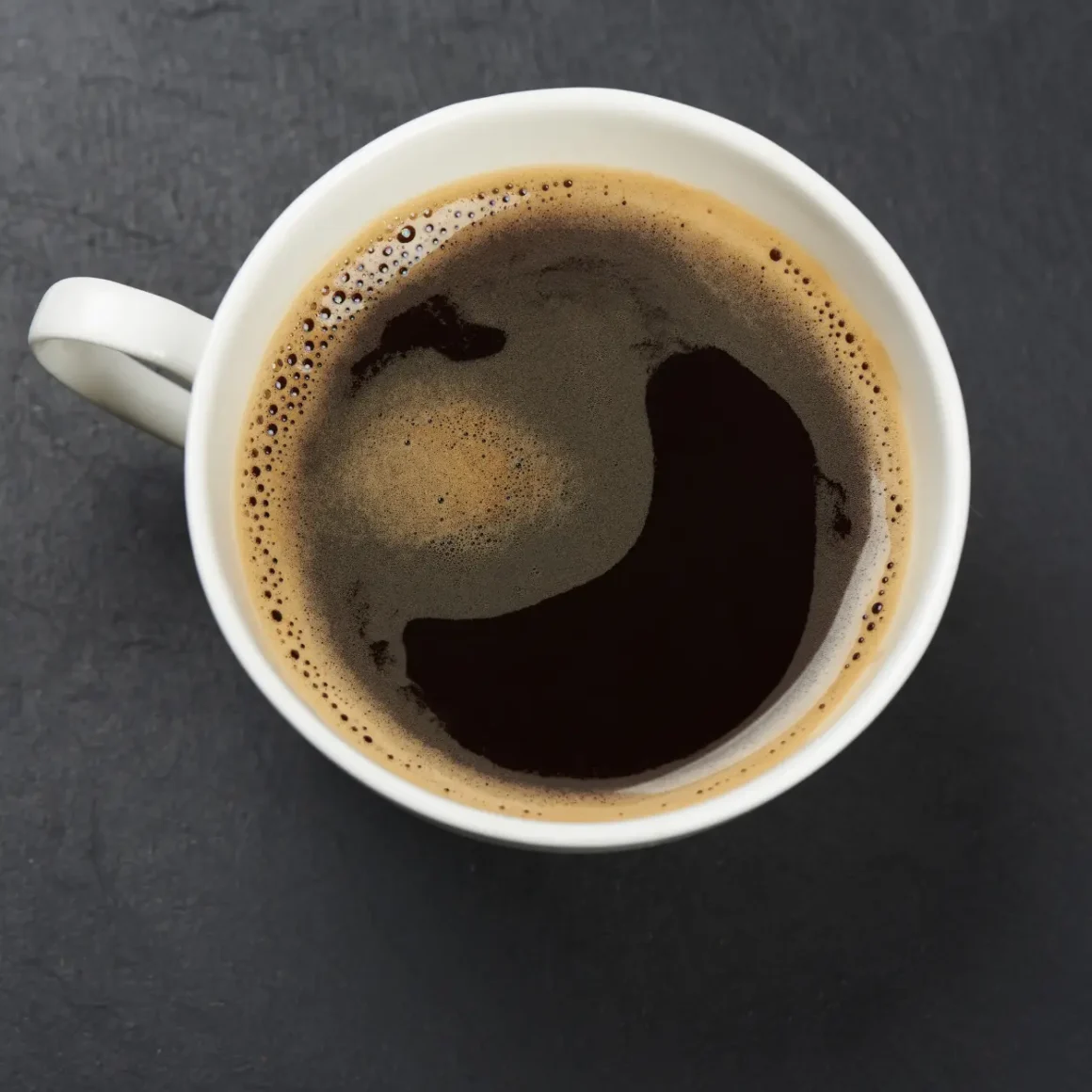
Ultimately, the choice between different roasts should be guided by personal preference rather than myths.
- Flavor Profile Preference: Whether one prefers the bright, acidic notes of a light roast or the bold, rich flavors of a dark roast is a matter of personal taste.
- Caffeine Sensitivity: For those sensitive to caffeine, the slight difference in caffeine content might influence their choice, though this difference is relatively small.
- Trial and Experimentation: Coffee lovers are encouraged to experiment with different roasts and brewing methods to discover what suits their palates best.
In summary, the myths surrounding coffee roasts often overshadow the reality that both light and dark roasts have their unique qualities and health benefits. Understanding these nuances allows for a more informed and enjoyable coffee experience, where personal preference takes precedence.
Conclusion
In conclusion, the debate between dark roast vs light roast coffee is more than just a matter of taste; it’s a journey through the diverse world of coffee flavors and brewing techniques. This exploration reveals that many commonly held beliefs, such as significant differences in caffeine content or health benefits between the roasts, are more myth than fact. Both light and dark roasts offer unique flavor profiles, with each catering to different palates and brewing preferences. The key takeaway is the importance of personal preference and the joy of discovering what type of coffee best suits one’s taste.
By understanding the nuances of each roast and experimenting with various brewing methods, coffee enthusiasts can fully appreciate the rich and varied experiences that coffee has to offer. Ultimately, whether you prefer the bright, complex notes of a light roast or the bold, rich flavors of a dark roast, the world of coffee has something to delight every palate.
FAQ
Which roast has more caffeine, light or dark?
Light roast coffee has a slightly higher caffeine content by volume compared to darker roasts, but the difference is minimal.
Can I use the same brewing method for both roasts?
While you can use the same brewing method for both roasts, different methods highlight the unique characteristics of each roast better.
Does dark roast coffee have a different health impact than light roast?
The health impact of dark roast coffee is similar to light roast, with both offering beneficial antioxidants, though in slightly different compositions.
How does the roast level affect the aroma of coffee?
Roast level significantly affects the aroma of coffee; light roasts typically have a brighter, more acidic aroma, while darker roasts have a richer, more intense aroma.
